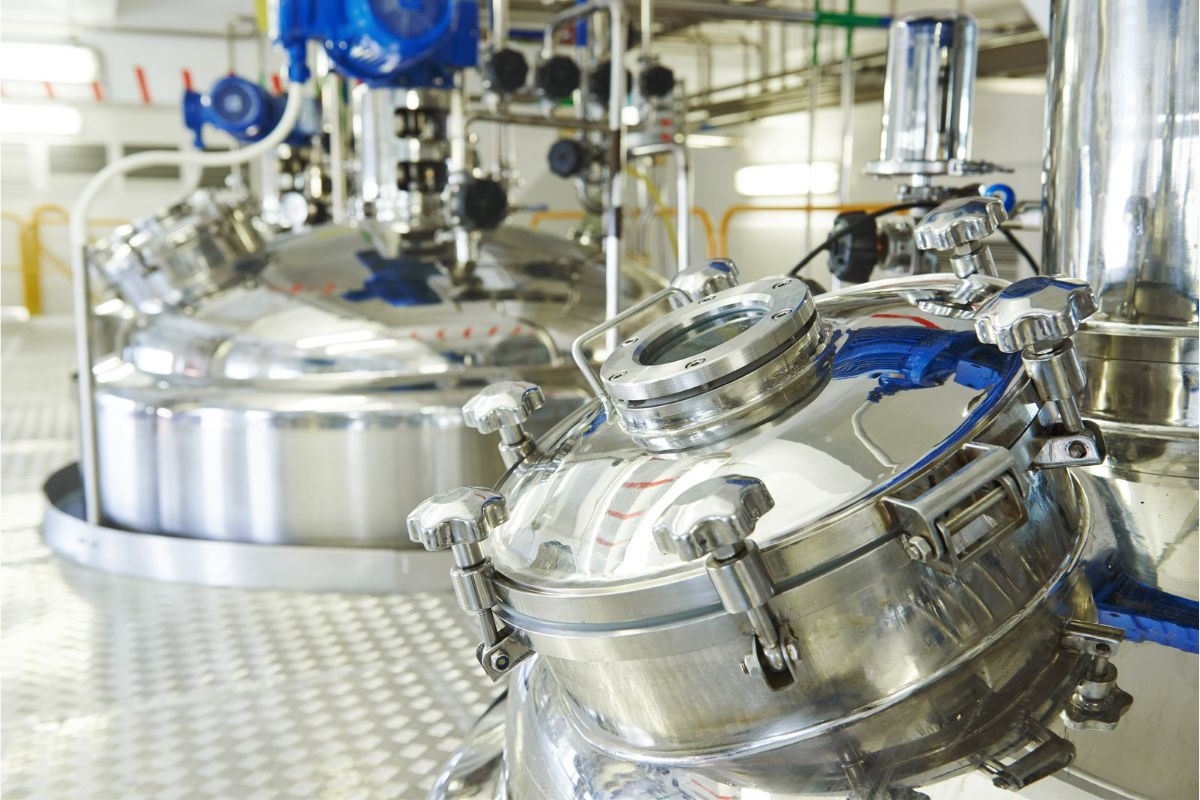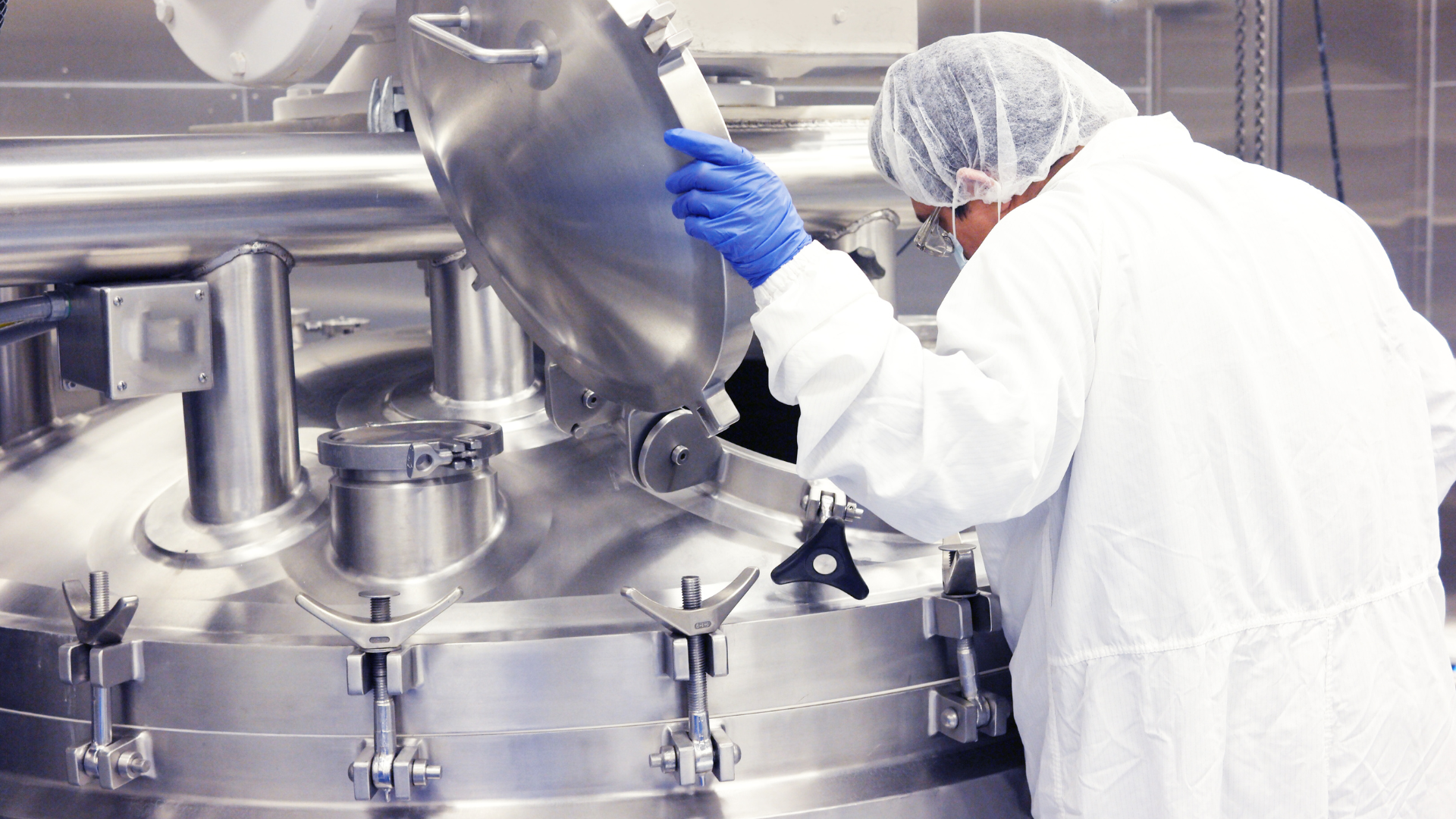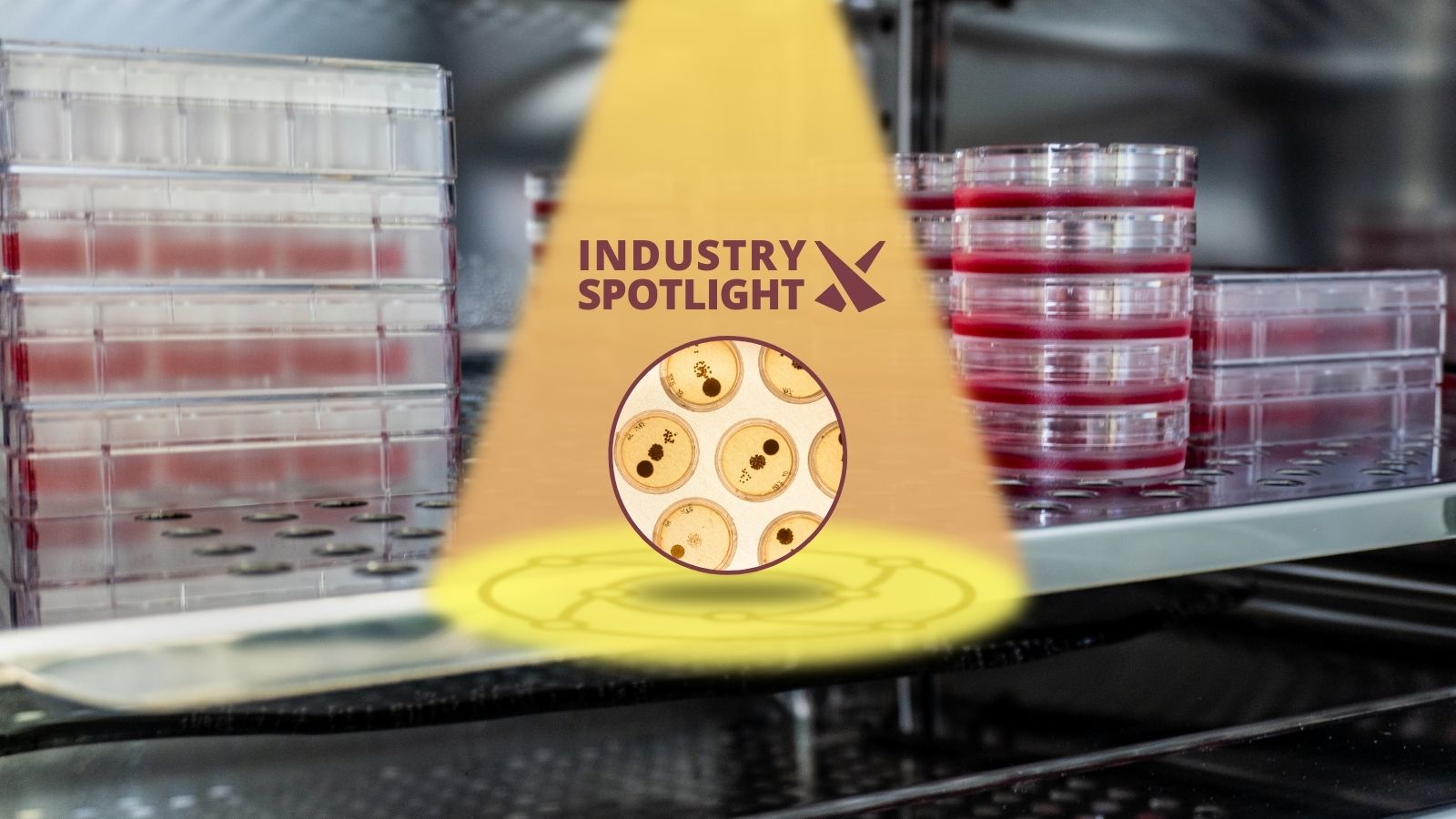Cell and Gene Manufacturing Approaches and Winning Strategies for Commercialisation and Scale-Up

In cell and gene therapy manufacturing, upscaling is the final step for delivering a therapy to patients who need bespoke treatment. For some therapies, it can be the major hurdle that makes the difference between success and failure: being able to produce a therapeutic at scale without altering its chemical or behavioural properties is a challenge. As such, the upscaling process can be fraught with complications, and translating a successful therapeutic from clinical trial to clinical application can be a headache for those involved.
GMP (good manufacturing process) requirements and workbench augmentations like digital twin technology in healthcare can help to make this process more reliable. However, adherence to the former and integration of the latter requires careful planning and preparation. A panel discussion at Cell UK 2022 tackled some of these issues head-on, with insights from industry veterans who have years of experience under their belts.
GMP in Cell and Gene Manufacturing
In cell and gene therapy manufacturing, GMP guidelines and regulations exist to ensure the quality of pharmaceutical products. They help to ensure the final product is safe, effective, and consistent, with risk and variability in the manufacturing process kept to a minimum. Regarding commercialisation and scaling approaches in gene therapy manufacture, there are numerous advantages to keeping options open for innovation. Being more flexible regarding strategy means adapting to issues in therapeutic clinical trial development which may wrongfoot slow adopters.
Key to the success of these strategies is data standardisation; in this context, machine learning approaches are currently being discussed across the life sciences industry. Digital twins are one example of the applications of machine learning approaches. As virtual process models, digital twins can predict how a cell will react to a molecule or substance, aiding in the coverage, speed, predictability, and safety of a clinical trial. In this context, they are beneficial in the validation of developmental therapeutics. However, for them to be used to guide development, that data must first be available.
Integral Considerations for Upscaling
When considering the most underrated factors crucial to a successful scaling-up of gene therapy manufacture, there are other issues besides commercialisation. Manuel Carrondo is Vice President for Business Development at iBET and Professor of Chemical and Biochemical Engineering FCT-UNL. He has 30 years of experience in process development and characterisation for cell and gene therapies. In his view, the most underrated issue is the mentality behind large and small companies involved in taking risks in production.
- Key considerations for implementing AI/Ml approaches in CGT manufacturing
- How could machine learning approaches reshape therapeutic development?
- Overcoming regulatory hurdles via Good Manufacturing Practices
“Companies tend to be conservative, for obvious operational and financial reasons” said Carrondo. “New startup companies are followed by the large companies with eagerness, who eventually partner or buy them. So you need good startups who take risks to push forward the limits.” He added that this mentality involved having “the guts and the courage” to advance. This requires startups to carefully consider what they can accomplish with the people they have on board, with careful consideration of their resources in terms of time and capacity.
Timeframes for Cell and Gene Therapy Upscaling
The speed at which cell and gene therapy development can and should scale up is also contested by those within the industry. If clinical trials show a new therapeutic to be effective then the impulse is to scale up as quickly as possible, as the wider availability of a new therapeutic could potentially be lifesaving. However, there are major considerations that come with this. Isaac Erickson is the Senior Director of Process Science &Engineering at DiscGenics, and has a lot of first-hand experience from the frontlines in developing a process for a startup.
“We're in an interesting place at the moment,” Erickson explained. “We're developing an allogeneic cell therapy with human starting material, but it's a fairly large batch size with a very large patient population for lower back pain.” He explained that this meant that development occupied a “weird niche” where progress happened more slowly, as the therapeutic is neither an orphan nor a lifesaving indication. “We probably have more time than some of those that are lifesaving and needed immediately in the market.”
However, decisions still need to be made in the initial stages of development concerning scale-up which can lock developers into the same process for a therapeutic clinical trial. Chief among these is ensuring consistency in the material output. “We've had to prove that we're making the same product, which is pretty challenging when scaling up,” added Erickson.
Digital Twins in Cell and Gene Manufacturing
As Senior Principal Scientist and BPA Lead at Ipsen, Williams Olughu has significant experience manufacturing of APIs (active pharmaceutical ingredients) and moves towards greater CGT manufacture and production scalability. “Is there a clear business justification for leveraging predictive modelling tools such as machine learning and digital twins?”, Olughu asked. “What stage in the life cycle are those two approaches most useful in?”
Digital twin technology in healthcare is increasingly becoming established: approaches in cell and gene manufacturing require an existing bank of data for researchers to compare new health data and results. “If you think of the advantages of going for digital twins, they're a way of making the learning process more rational,” said Carrondo. “However, it will take time to implement - we will not have them tomorrow.” Before digital twins can be implemented, companies need to have the right data strategies and data banks available to facilitate digital learning and draw meaningful conclusions from their data.
“I guess my impression would be to measure as many things as you can consistently,” volunteered Erickson. “It's hard to compile that bank of data to have to draw upon and be able to start modelling. We have to recognise that it's going to take a long time for any individual process to gather that data.”
Looking to the Future for Therapeutic Clinical Trial Development
Companies considering implementing digital twin technology in healthcare should start putting the necessary procedures in place for data capture and modelling as soon as possible to ensure they have a robust bank of data prepared to enable better process development further down the line. “It's almost like you're banking your data for the future,” said Olughu. “You're thinking about future technologies that might come up, and that makes your life a bit easier further down the line.”
With a multitude of factors to consider in cell and gene manufacturing, upscaling manufacture is still no mean feat. However, as industry experience accumulates and new technologies reach the market, there are more and more approaches available to give developers a foot up.
Want to receive the latest industry announcements on cell manufacture and development? Sign up for our Cell series newsletter to get up-to-date news each month. If you'd like to know more about our upcoming 3D Cell Culture conference, visit our event website to download an agenda and register your interest.






